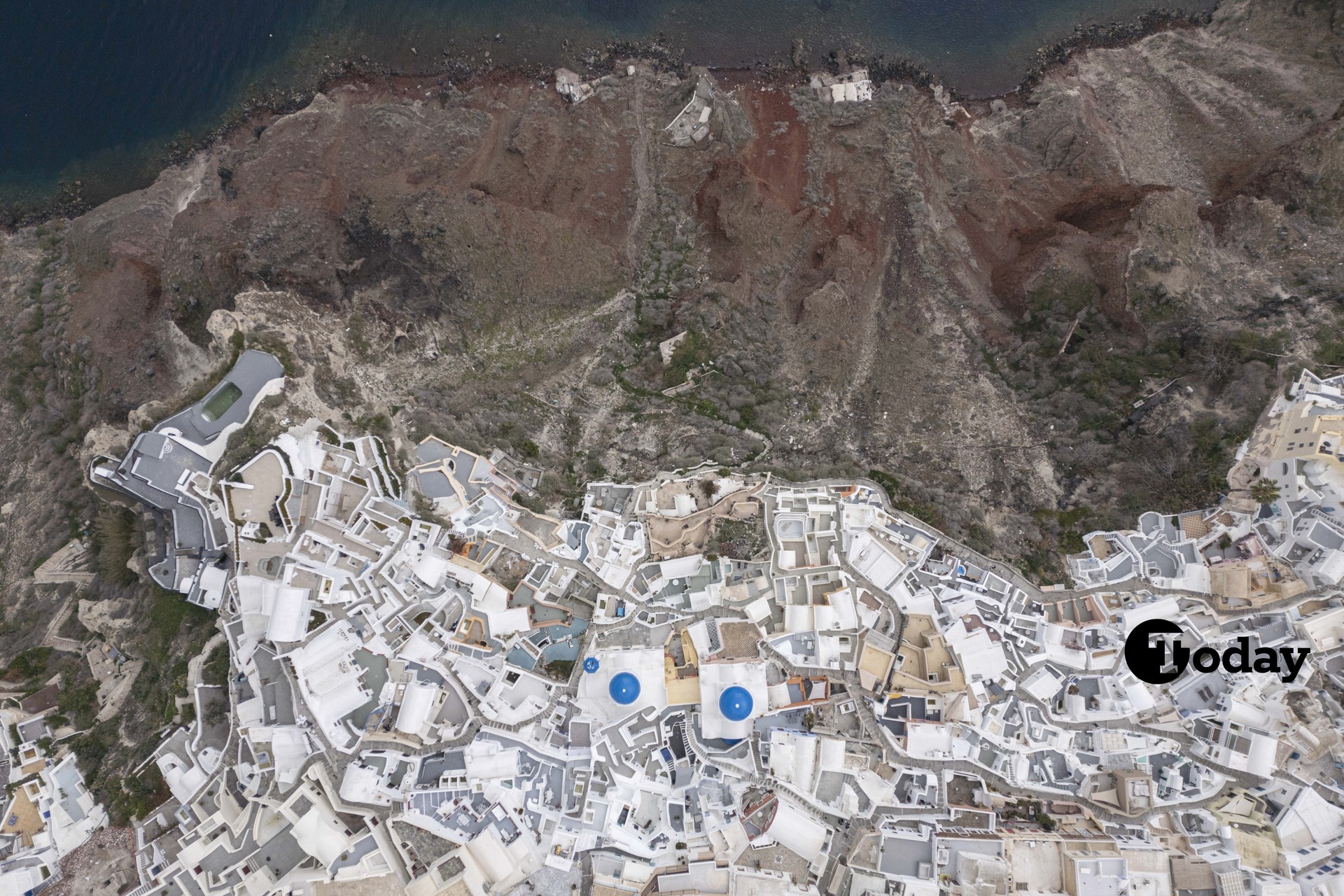
Santorini, one of Greece’s most famous tourist destinations, is facing an unprecedented crisis due to continuous seismic activity. The island, known for its iconic white-washed architecture and breathtaking sunsets, is experiencing frequent tremors, leading to concerns about volcanic eruptions and landslides. As a result, many residents have left, and some areas now resemble a ghost town.
Greek authorities and scientists are closely monitoring the situation, using advanced technology to assess risks and implement safety measures.
Here’s a closer look at how the seismic activity is affecting life on Santorini.
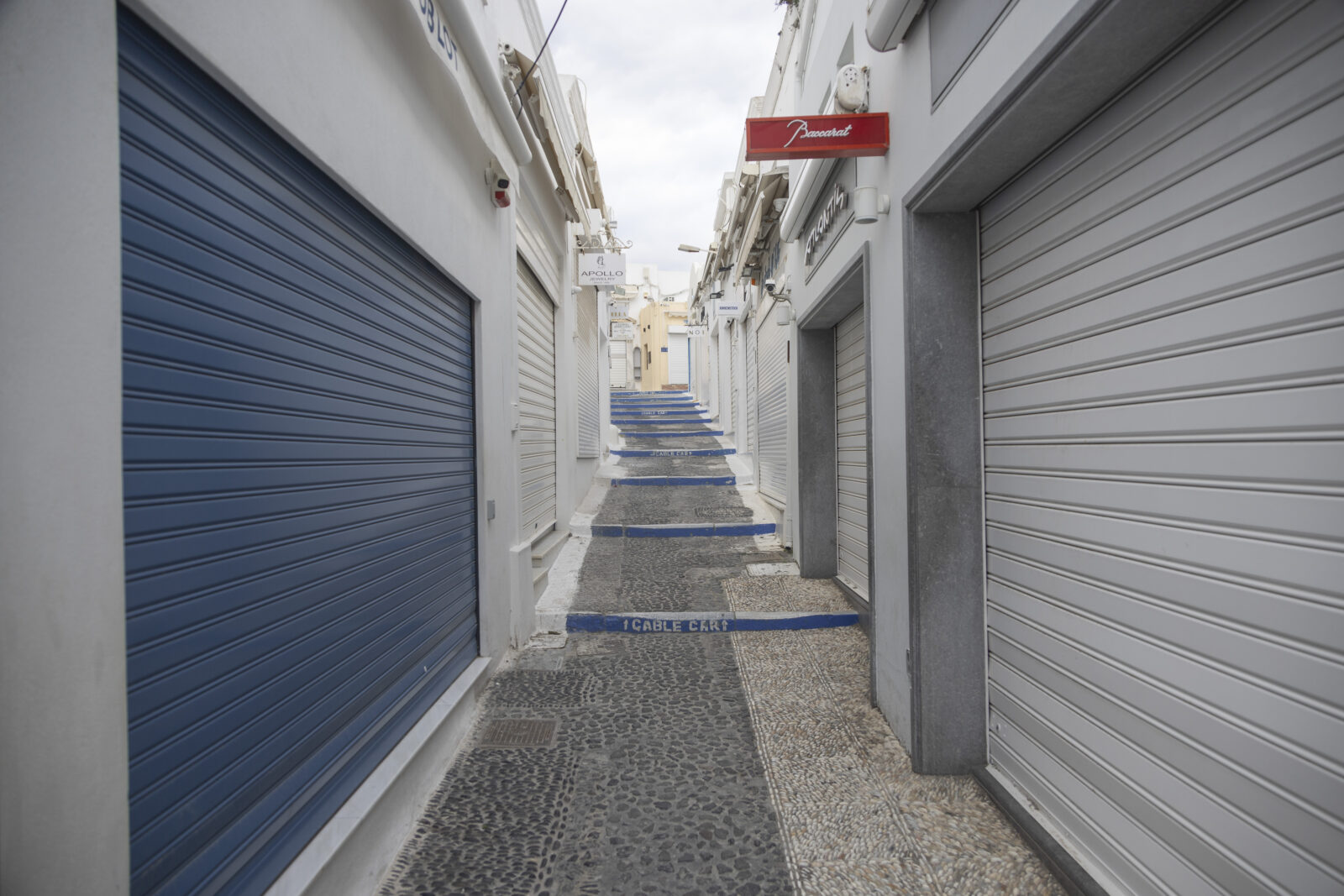
The once-bustling streets of Fira now resemble a ghost town as residents flee the island due to earthquake fears.
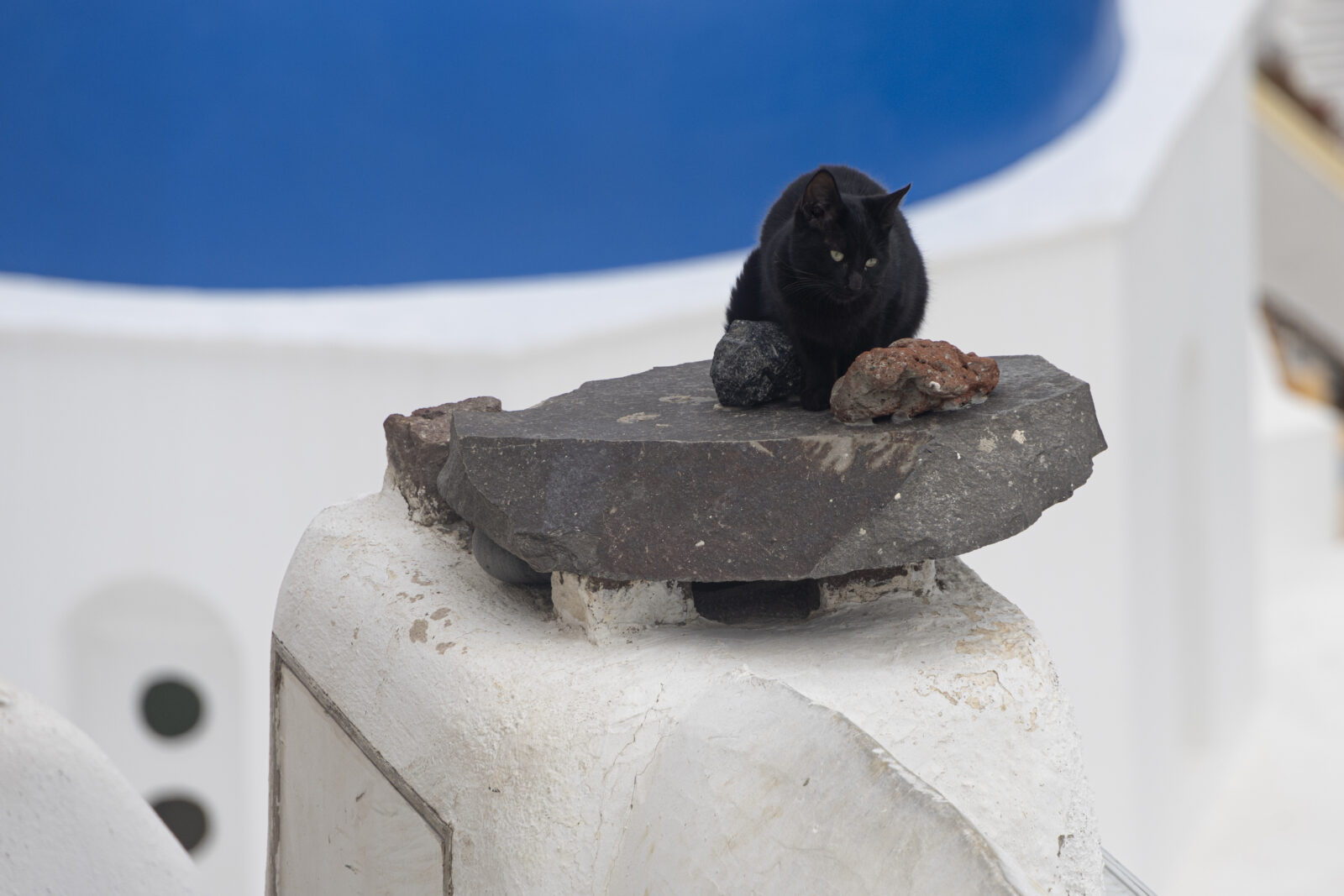
A lone cat roams the empty alleys of Santorini, a once-bustling tourist haven now eerily silent.
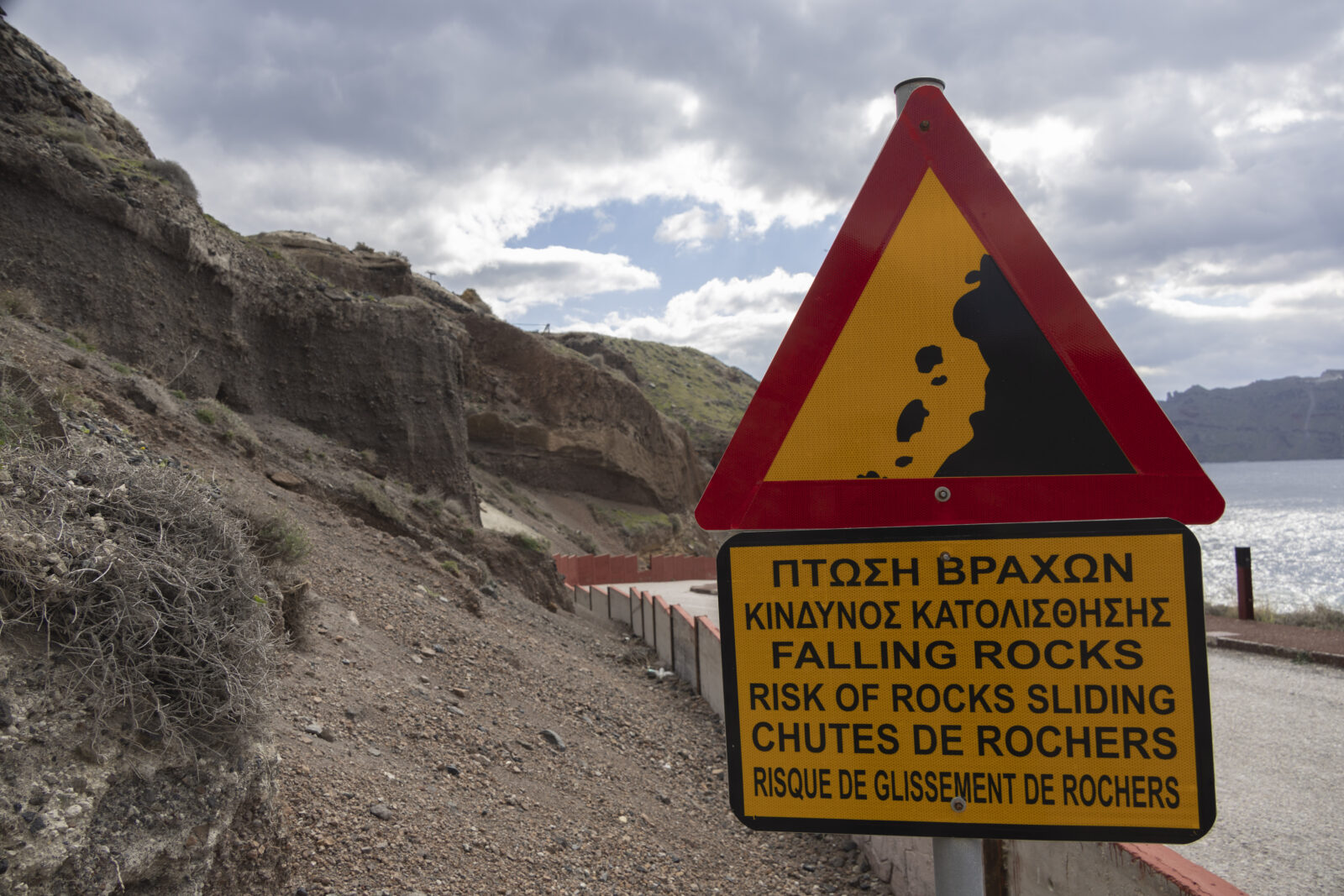
Dust clouds rise after a landslide triggered by seismic activity near Santorini’s steep cliffs.
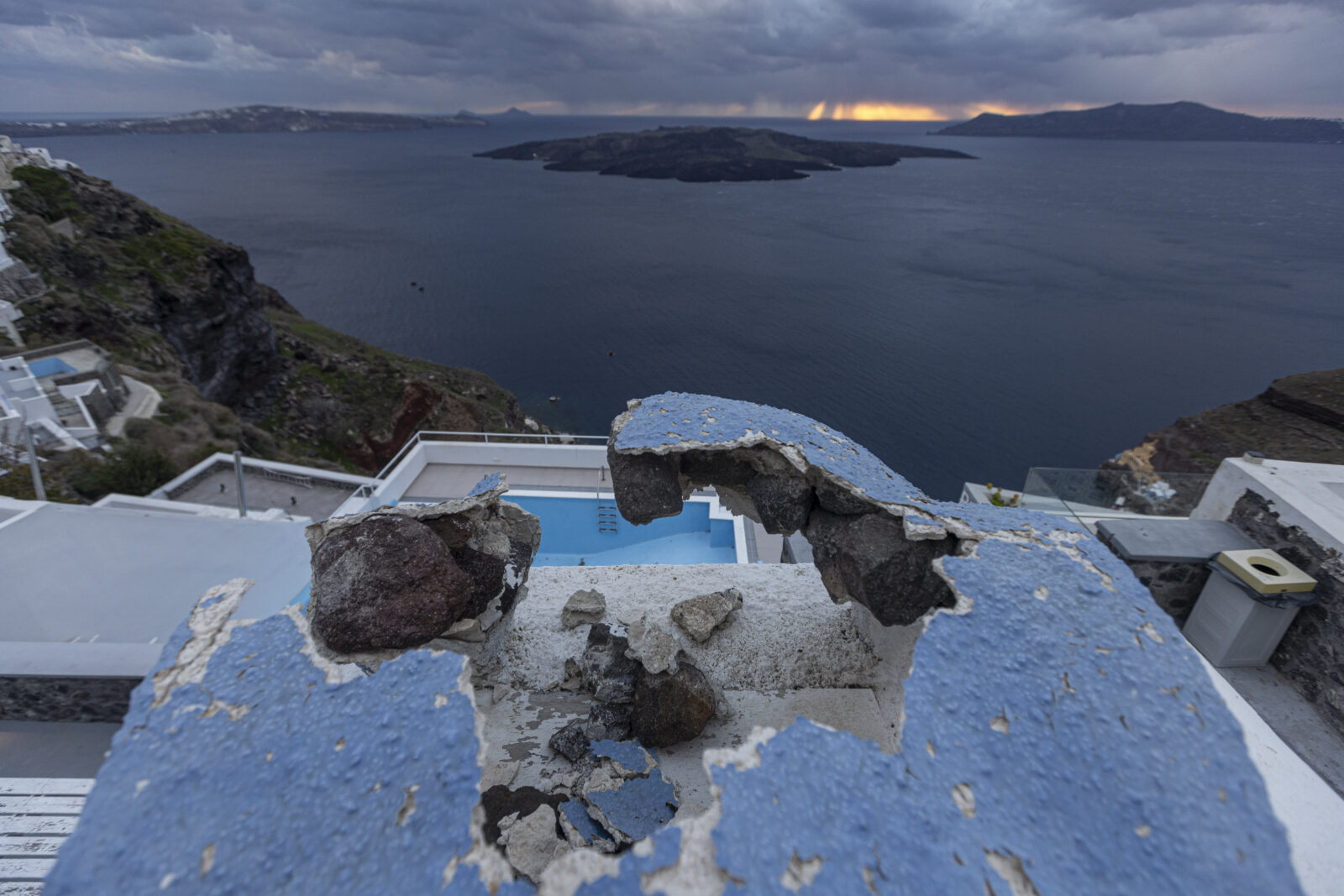
Damage to certain structures on the island have not gone unnoticed.
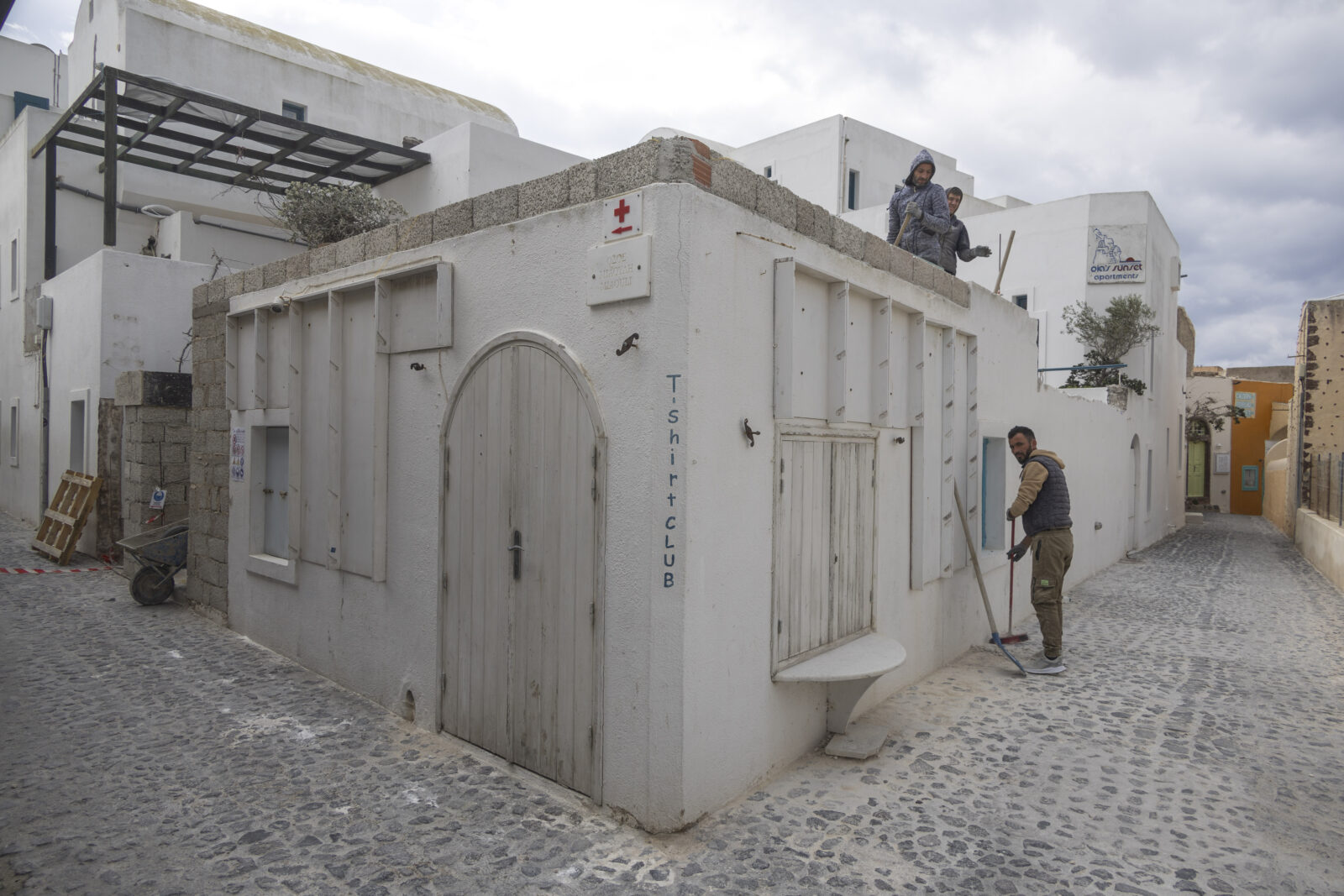
Professor Efthymios Lekkas warns that the tremors could persist for months, urging continuous monitoring.
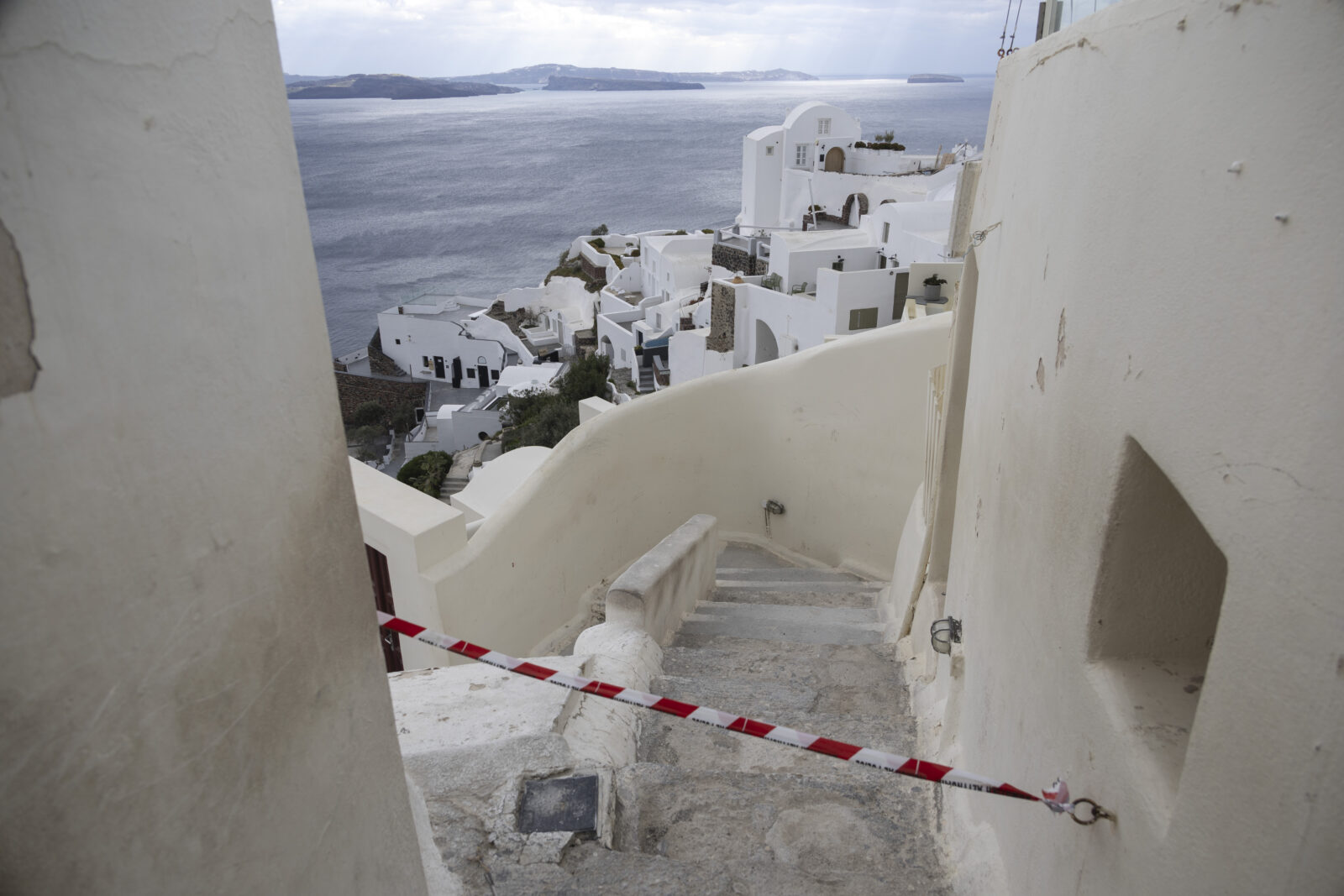
Geologists use advanced drone technology to assess terrain stability in landslide-prone areas.
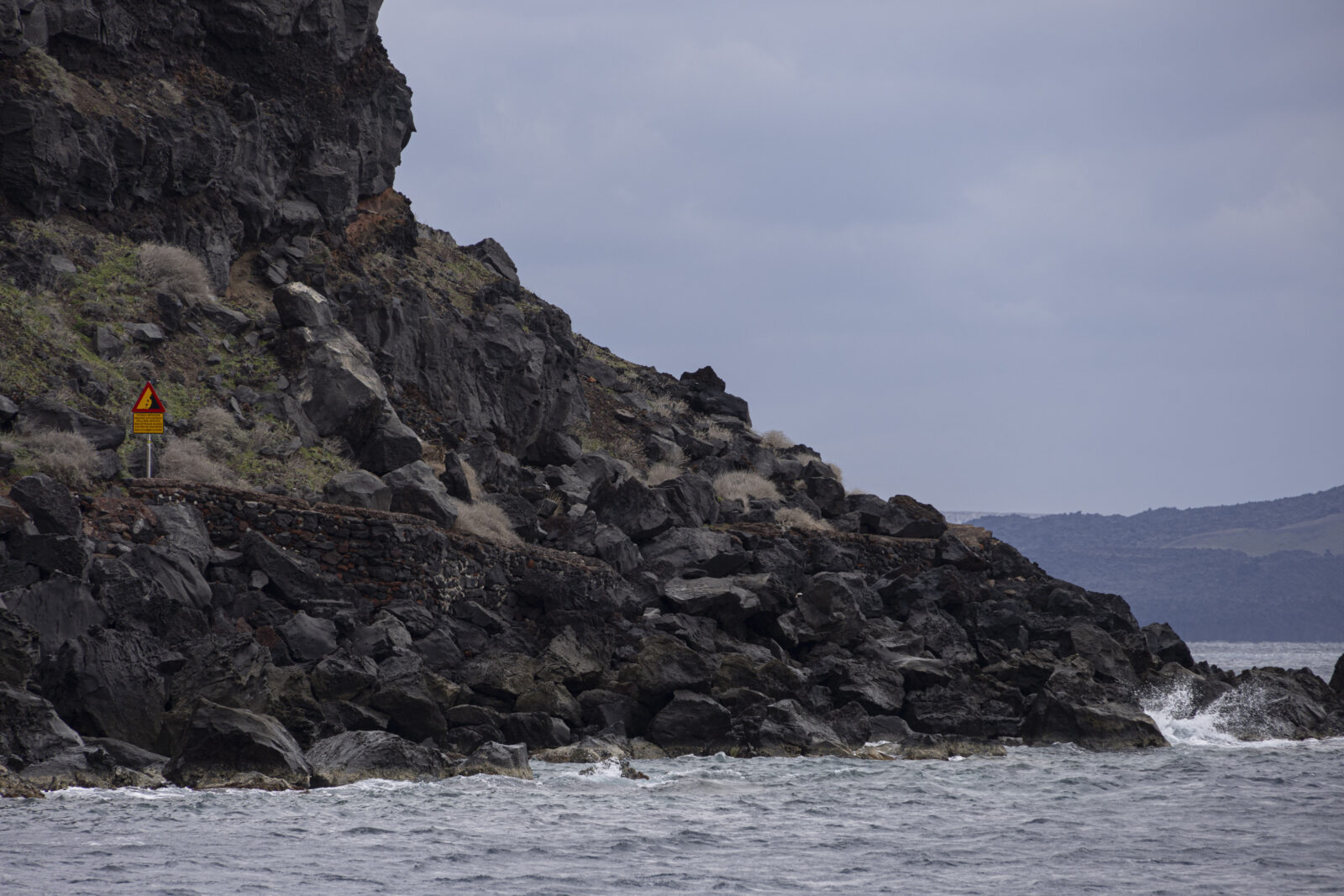
Ammoudi Port, one of the most beautiful terminals on the island, faces structural risks due to frequent rockfalls.

The island’s white-washed architecture stands resilient, but uncertainty looms over its future as tremors persist.
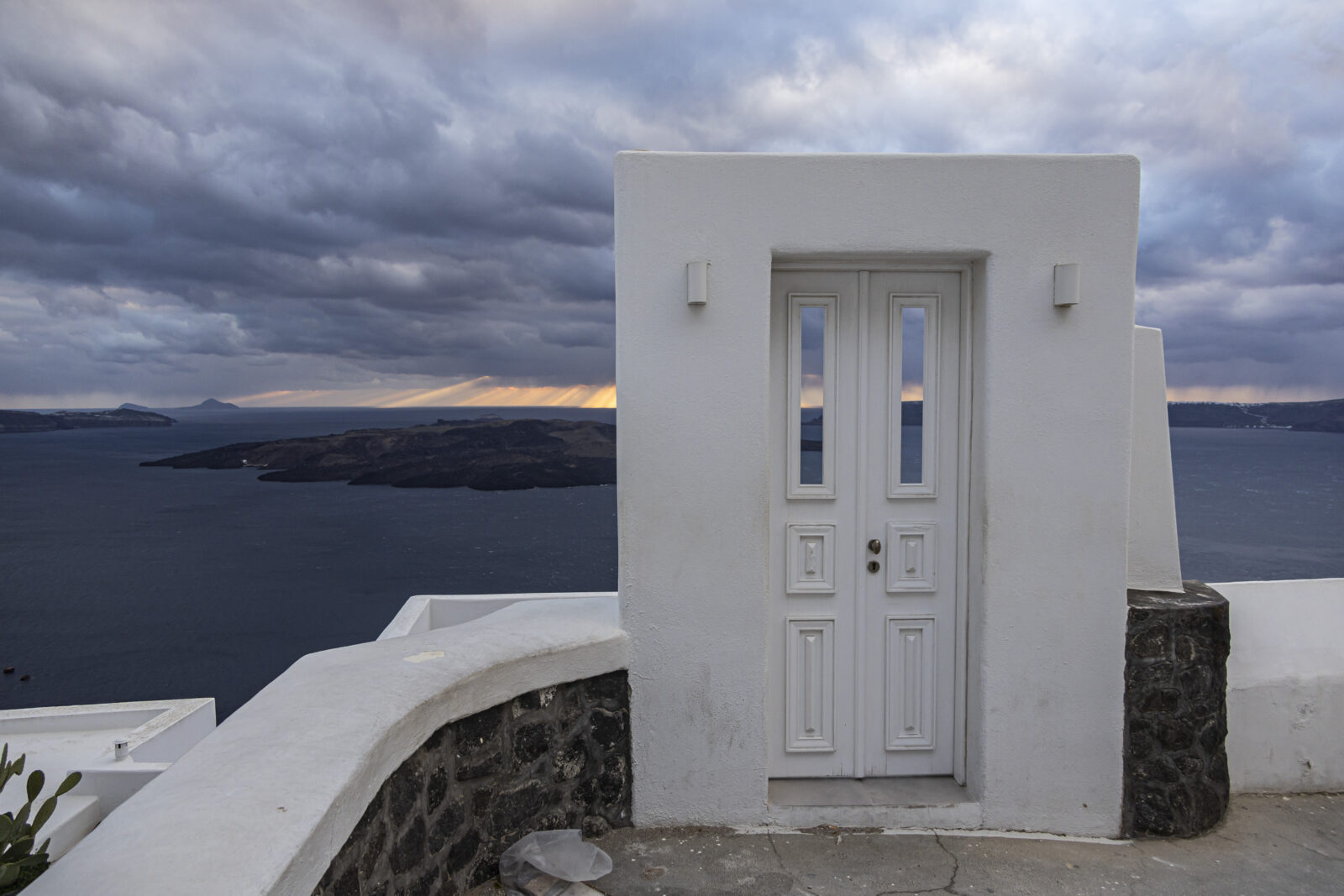
The start of the tourism season has been postponed to May due to ongoing tremors.
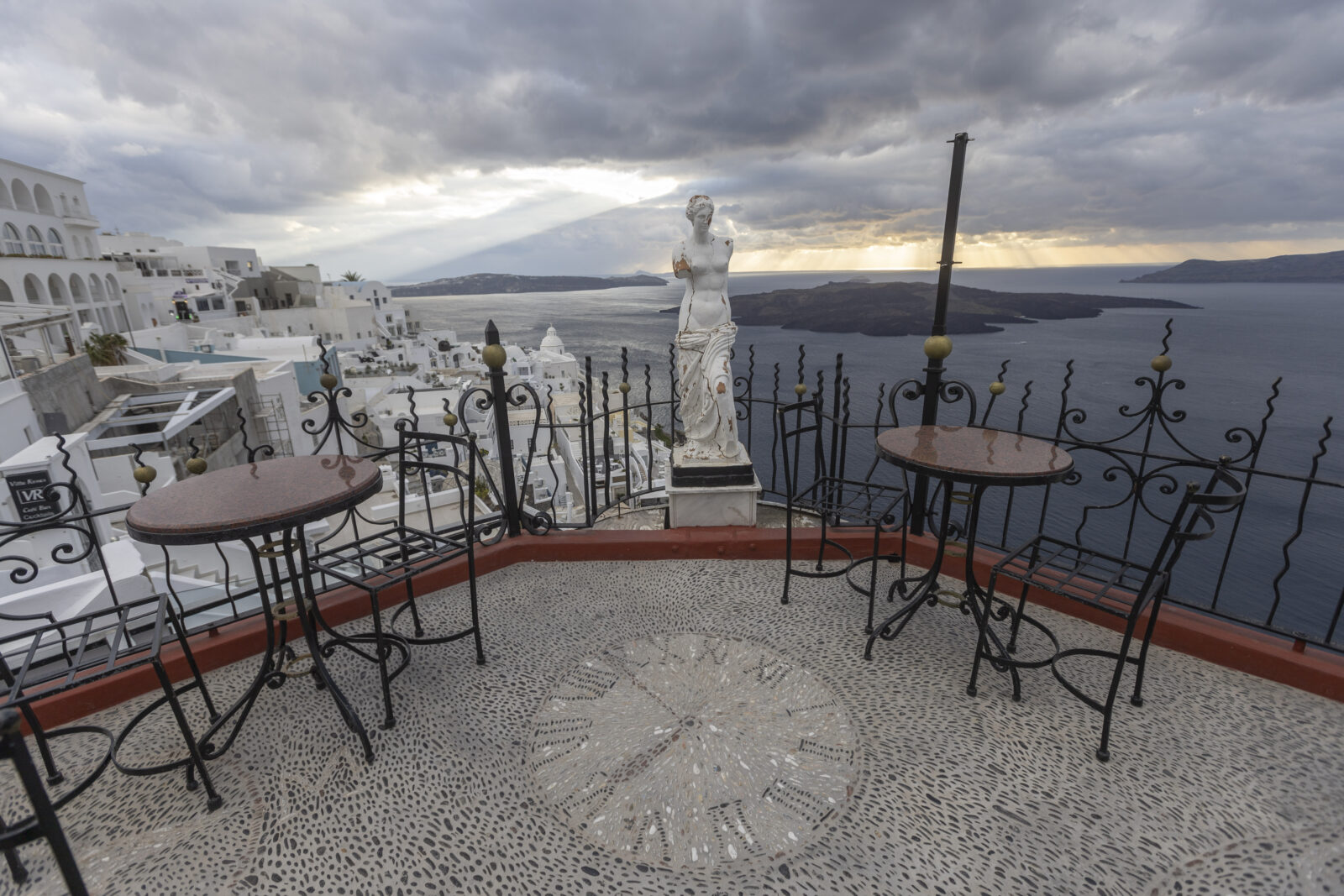
With tourism season delayed, many shops and restaurants face economic uncertainty.
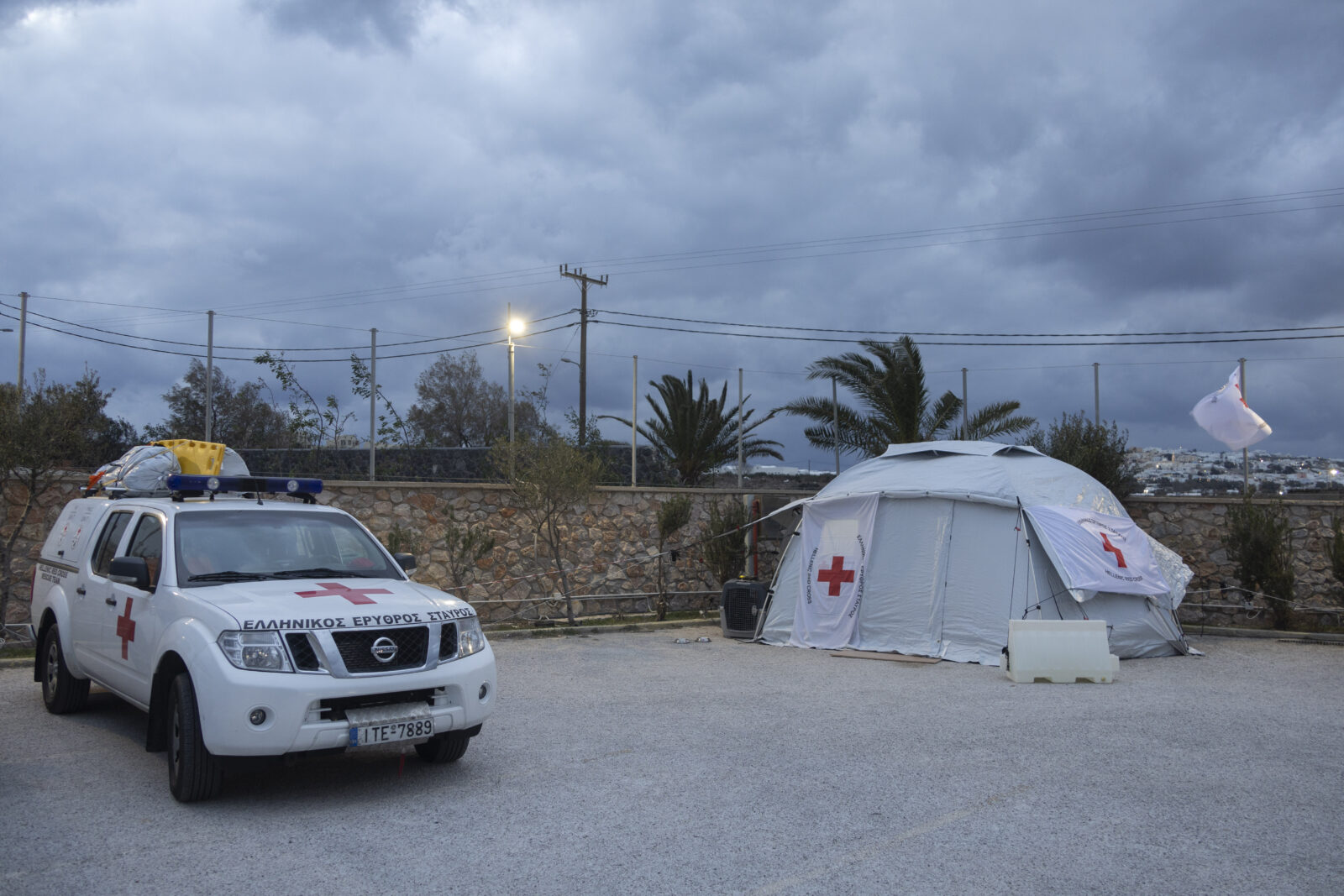
The Red Cross has placed its emergency teams on standby, prepared to provide aid if needed. Volunteers have been briefed, and medical supplies are stocked in case of evacuations or other urgent needs.
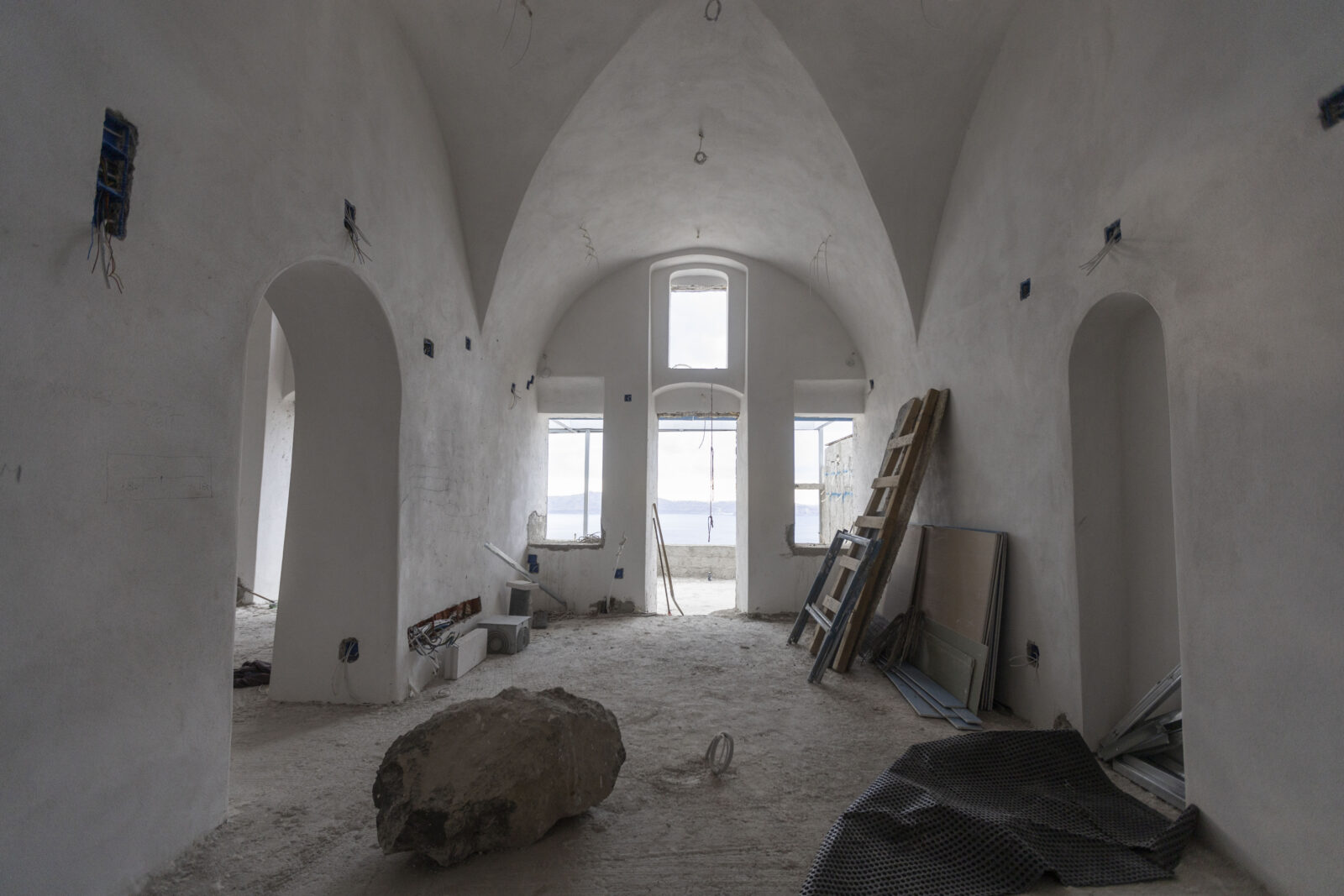
Students in Santorini and nearby islands stay home as schools remain shut until Feb. 28.
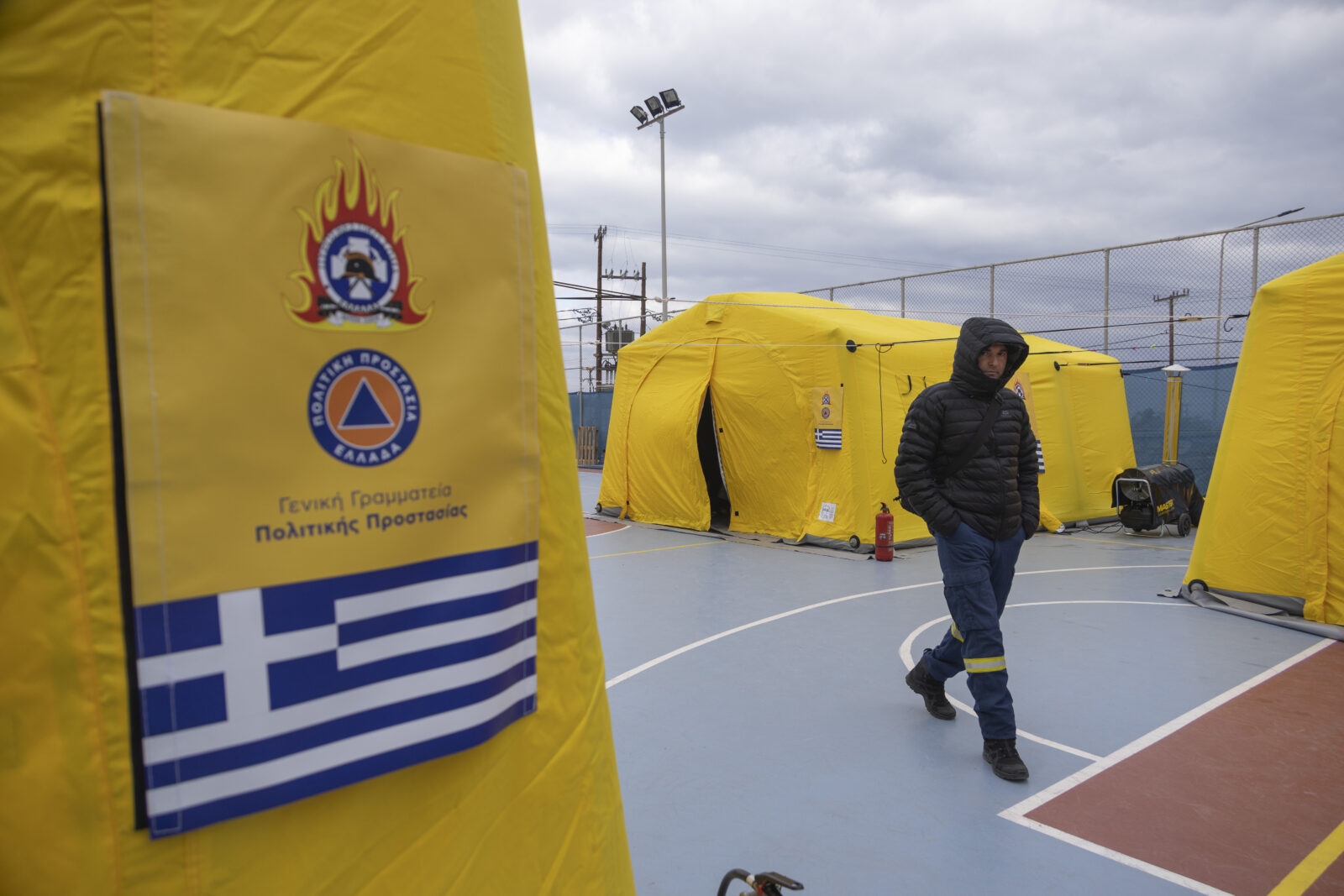
Civil defense units work with local authorities to assess and mitigate earthquake-related risks.
While seismic activity on Santorini appears to be decreasing, uncertainty continues to loom over the island’s future. Once a thriving tourist hub, the island now grapples with the economic and social impact of ongoing tremors. Many businesses remain closed, renovation projects have stalled, and the start of the tourism season has been delayed.
Authorities and experts remain cautious, closely monitoring the situation with advanced technology to assess risks. Although some residents and workers have started returning, concerns about further quakes and potential landslides persist.